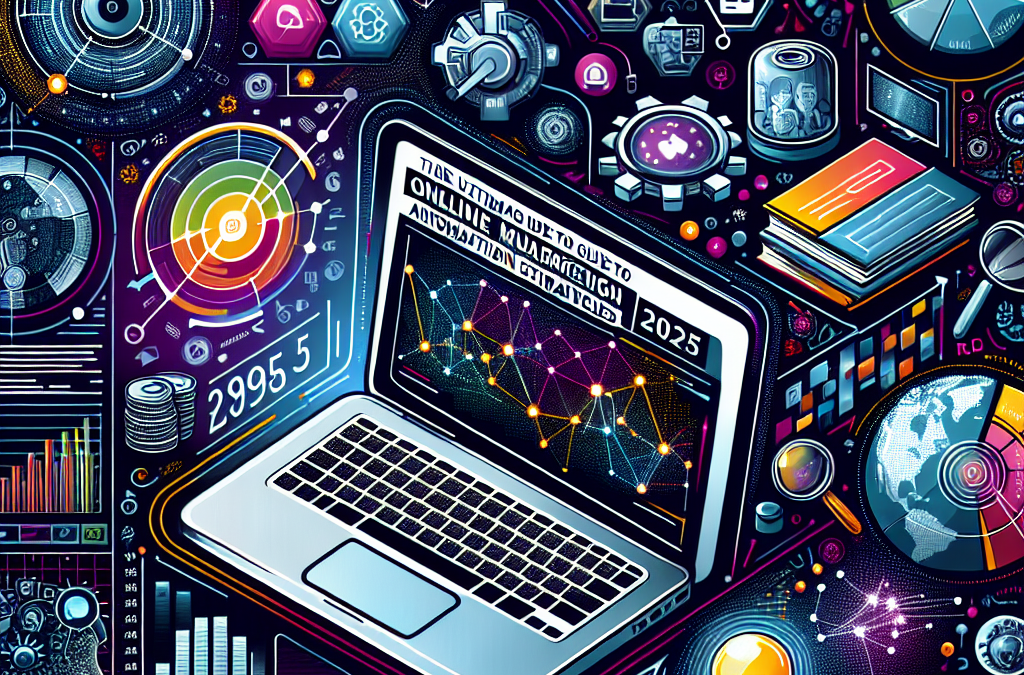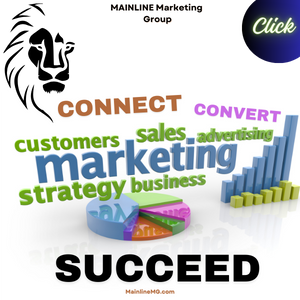As digital landscapes evolve in 2025, online marketing automation has become a cornerstone for businesses aiming to stay competitive. This guide explores the most effective strategies to leverage online marketing automation, helping you streamline your campaigns, improve engagement, and boost conversions. Whether you’re a seasoned marketer or just starting out, understanding these cutting-edge tactics is essential for success this year.
1. Harnessing AI-powered Automation Tools
Understanding AI Integration in Marketing
Artificial Intelligence (AI) has revolutionized online marketing automation by enabling smarter, more adaptive campaigns. In 2025, integrating AI tools like chatbots, predictive analytics, and machine learning algorithms allows marketers to tailor experiences in real-time. For example, AI-driven chatbots can handle customer inquiries 24/7, providing instant responses that increase satisfaction and conversion rates.
Implementing AI-powered tools reduces manual effort and enhances precision. Companies using AI report a 30% increase in lead generation and a 25% improvement in customer retention, according to recent research. These results highlight the importance of embracing AI in your automation stack.
Real-World Applications of AI in Online Marketing Automation
Brands like Sephora utilize AI chatbots for personalized beauty advice, significantly boosting sales and customer loyalty. In 2025, similar implementations can be expanded across industriesâfrom e-commerce to B2B services.
To get started, consider platforms like HubSpot, Marketo, or Drift that offer AI features out of the box. Investing in AI tools today ensures your marketing automation remains competitive now and into the future.
2. Personalized Customer Journey Mapping
Why Personalization Matters More Than Ever
In 2025, customers expect tailored experiences tailored to their preferences and behaviors. Online marketing automation enables marketers to create personalized journeys based on user data, increasing engagement and conversions. When you customize content, offers, and messaging, customers feel valued, which fosters loyalty.
Tools like dynamic content blocks and behavior-triggered emails help deliver personalized experiences seamlessly. According to recent reports, personalized marketing efforts can increase conversion rates by up to 50%, making it a crucial area for automation.
Steps to Build Effective Personalized Customer Journeys
Start by collecting comprehensive data across touchpointsâwebsite visits, social media interactions, email responses. Use automation platforms to segment audiences based on behavior, demographics, and preferences.
Next, design workflows that trigger relevant content and offers. Test different scenarios to optimize performance continuously. Remember, the goal is to serve the right message at the right moment, making automation a powerful personalization engine.
2025. Embracing Voice Search Automation
Optimizing for Voice Search Trends
Voice search continues to grow rapidly, with projections suggesting that 50% of all searches will be voice-based by 2025. Incorporating voice search optimization into your online marketing automation strategy is essential to capture this growing audience. This involves adjusting keywords and content to match natural language queries.
Automation can help monitor voice search trends and optimize content accordingly. For example, creating FAQ pages with conversational questions and answers can boost visibility in voice search results.
Implementing Voice Search in Your Campaigns
Start by analyzing your existing content for voice-friendly keywords. Use tools like Google’s Keyword Planner or Answer the Public to identify common voice search queries.
Next, automate content updates that align with these queries, ensuring your voice search optimization adapts dynamically. By staying ahead of voice search trends, your marketing campaigns will remain relevant and discoverable in 2025.
Conclusion
Staying ahead in 2025 requires a solid understanding and strategic application of online marketing automation. From leveraging AI-powered tools to personalizing customer journeys and optimizing for emerging voice search trends, the opportunities are vast. By embracing these innovative strategies, your business can achieve more efficient campaigns, higher engagement, and increased revenue. Remember, the cornerstone remains effective online marketing automationâuse it wisely and adapt continuously to the evolving digital landscape.
Frequently Asked Questions
- What is online marketing automation?
- Online marketing automation involves using software and technology to automate repetitive marketing tasks, streamline campaigns, and personalize customer interactions to improve efficiency and results.
- How can I start incorporating online marketing automation in my business?
- Begin by identifying repetitive tasks that can be automated, select suitable automation tools, and develop workflows that target your audience effectively. Continuously analyze data to refine your strategies.
- What are the top trends in online marketing automation for 2025?
- Key trends include AI integration, personalized journey mapping, voice search optimization, chatbots, and predictive analytics. Staying updated on these trends can give your business a competitive edge.
- Why is personalization important in online marketing automation?
- Personalization increases customer engagement, builds loyalty, and boosts conversion rates. Automated tools make it possible to deliver tailored content at scale, aligning with customer preferences in real-time.


